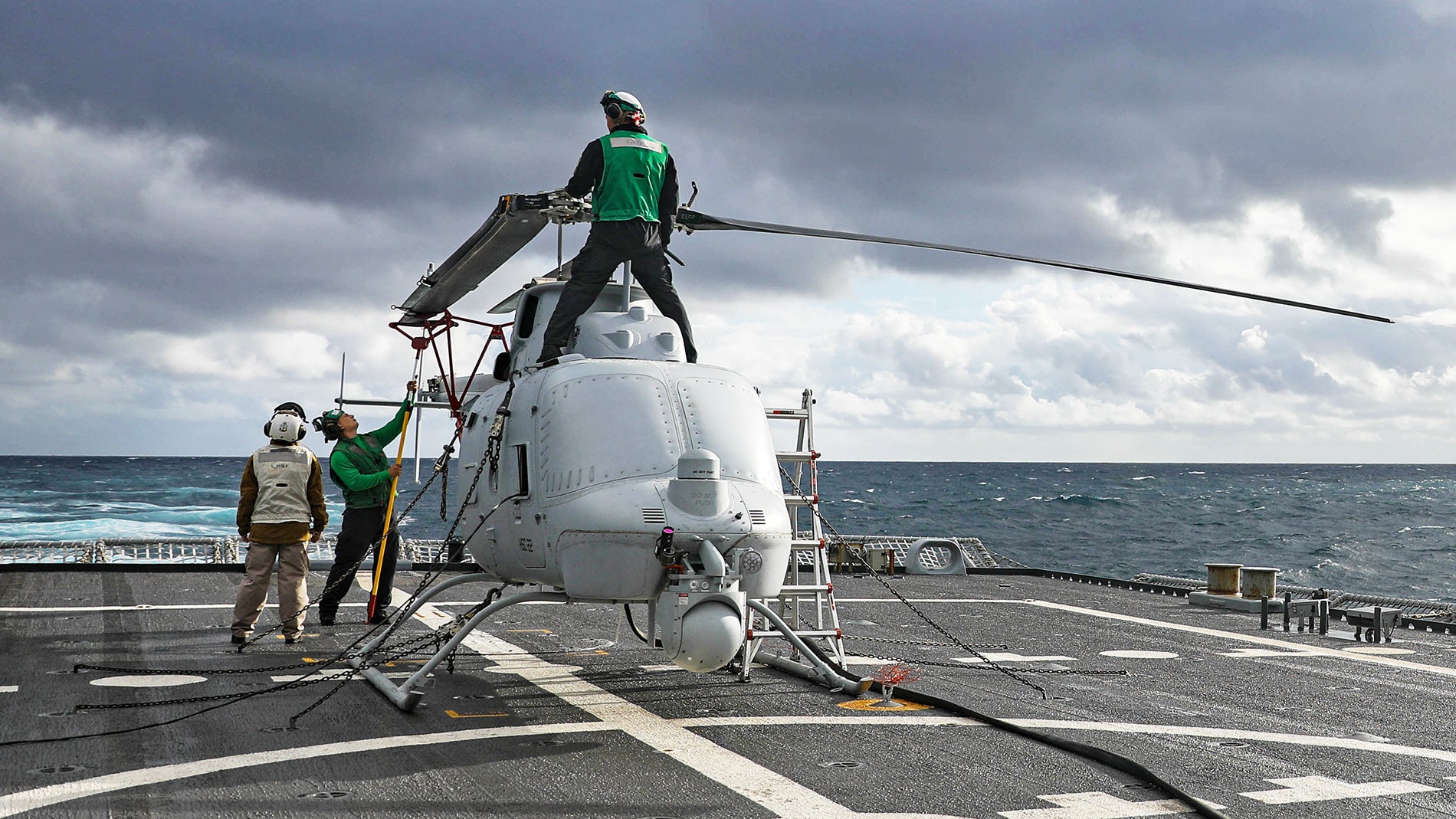Northrop Grumman has formally announced the first operational deployment of the MQ-8C Fire Scout, an unmanned helicopter designed for intelligence, surveillance, reconnaissance and targeting (ISR&T) missions at sea. To accomplish these missions, the MQ-8C features an updated active electronically scanned array (AESA) radar that will allow it to detect targets at long distances and in all weather conditions, as well as a powerful electro-optical and infrared sensor ball. Aside from ISR&T, the Fire Scout has been tested in a wide variety of roles, including mine interdiction and anti-submarine operations that show promise for future expansion of its core mission set.
The MQ-8C has been deployed with Helicopter Sea Combat Squadron 22, Detachment 5 (HSC-22 DET 5) aboard USS Milwaukee (LCS-5) since December. Key to the Fire Scout’s ability to detect and track contacts at sea is its Leonardo AN/ZPY-8 (Osprey) radar system which was designed for “mixed environment operations” such as the complex littoral around which the USS Milwaukee is intended to operate.
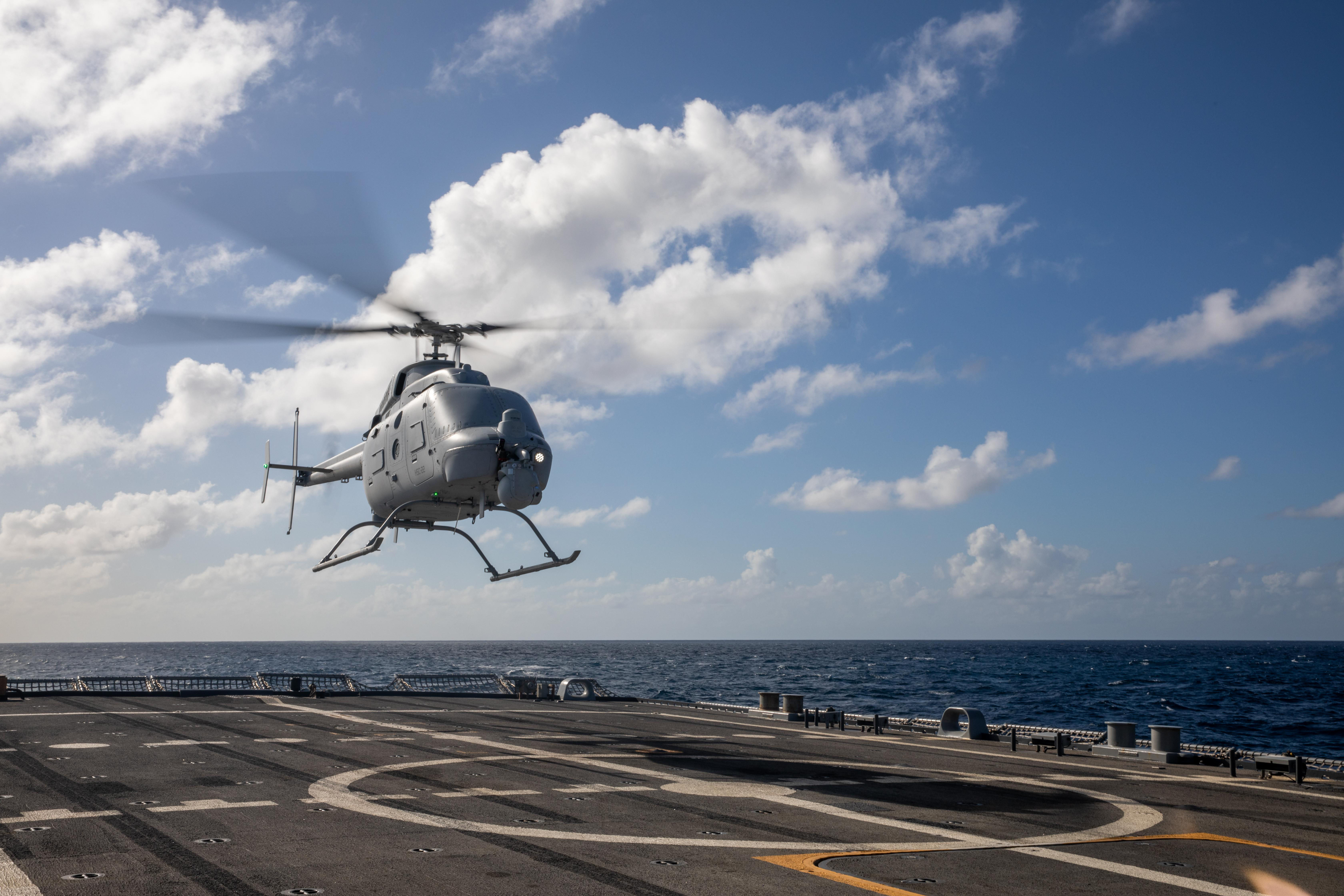
In a Northrop Grumman media call attended by The War Zone today, Capt. Eric Soderberg, the U.S. Navy Program Manager for Multi-Mission Tactical Unmanned Aerial Systems (PMA-266), said that this new radar will enable the MQ-8C to fulfill a much-needed role within Naval helicopter units. The MQ-8C is designed to “operate in a complementary fashion” with the manned MH-60S Seahawk helicopter operated by HSC-22 DET 5 and other similar shipboard detachments.
“The MH-60S brings weapon capacity, cargo capacity, but what it lacks is a radar,” Soderberg said. “The Fire Scout, with its radar, brings the ability to look at large volumes of water and [conduct] maritime surveillance over the radar horizon [of] the LCS ship itself […] With its endurance it allows the ship to maintain contact with contacts over an extended period of time that wouldn’t be possible with the ranges and endurances of the MH-60S, so they complement each other well.”
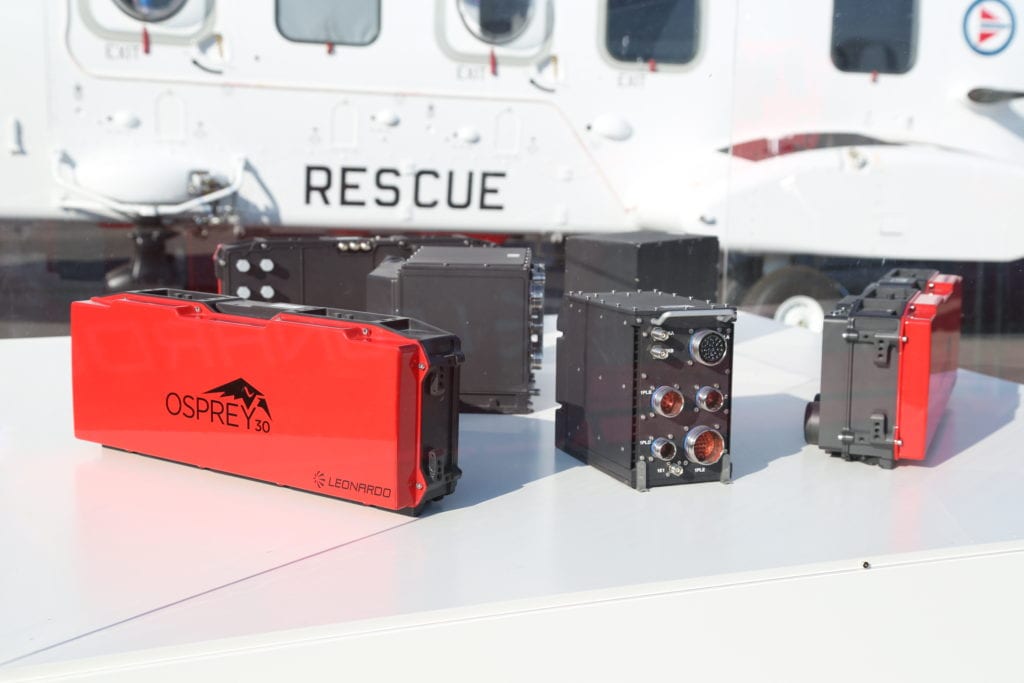
“Now that we have that radar on [the MQ-8C] it becomes a pretty clear answer that the [MQ-8C] is a superior platform” to previous Fire Scout configurations, Soderberg added. He said the MQ-8C is “performing to expectation” and the Navy is now accelerating the transition from the MQ-8B to the MQ-8C.
The Navy’s Fire Scout program dates back to 2000 when the service sought a replacement for the aging RQ-2 Pioneer and made vertical take-off and landing (VTOL) capability one of the requirements. The Navy cut funding for the program in 2001, after which the Army actually ordered the first Fire Scouts, then known as the RQ-8B, in 2003. By 2006, the Navy became interested in the program once again, and the MQ-8B took its first flight in 2006. The Army would end its participation in the program in favor of the RQ-7 Shadow in 2010.
The MQ-8C, which was granted initial operational capability in 2019, boasts an endurance of over ten hours and a range of over 1,000 nautical miles. The unmanned helicopter is based on the hugely popular Bell 407, a four-blade, single-turbine engine helicopter used largely for civil utility roles. The MQ-8C is larger than the earlier MQ-8B, which was based on a Schweizer 330/S333. Compared to its previous version, the MQ-8C has three times the payload capacity and a 30% increase in top airspeed.
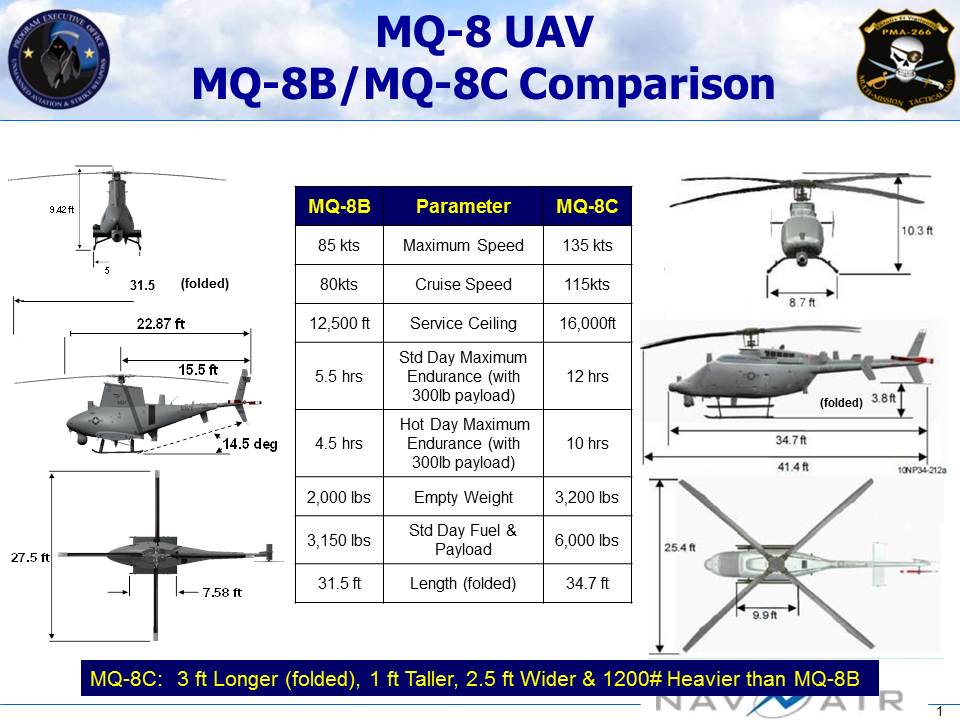
In a Northrop Grumman press release, Soderberg said the recent deployment aboard USS Milwaukee was “a significant milestone” for the Fire Scout program. “The transition from the MQ-8B to the MQ-8C Fire Scout has brought improved sensors and more than doubles the on-station endurance… Advances in Fire Scout’s capabilities further our successful integration of unmanned platforms at sea and the Navy and Marine Corps unmanned campaign plan,” he explained.
The MQ-8C has been eyed for a number of mission sets. Aside from its over-the-horizon targeting ability and ability to conduct ISR missions, Northrop Grumman has previously experimented with dropping lightweight anti-submarine torpedoes from a modified Bell 407 standing in as a surrogate MQ-8C. A more recent experiment was conducted in 2020 in a similar helicopter launched sonobuoys.
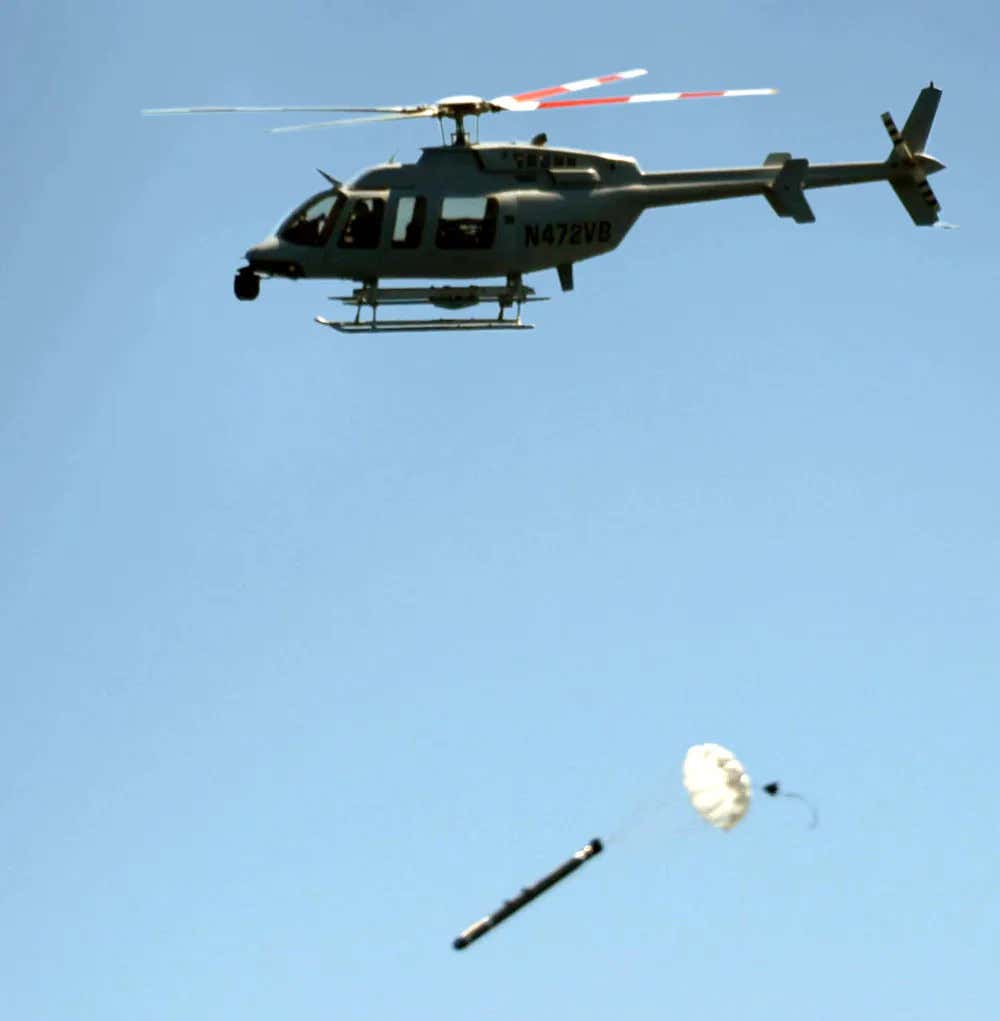
The Navy previously tested the AN/DVS-1 Coastal Battlefield Reconnaissance and Analysis (COBRA) airborne mine detection system aboard an MQ-8B. On today’s media call, Soderberg said that there is a possibility that the MQ-8C could get an updated version of this system, further widening its set of capabilities. “What is potentially in development would be a COBRA Block II that would go onto the [MQ-8C] and have additional capabilities not resident in the COBRA Block I, principally in a deeper water environment.”
Fire Scouts could also see wider deployment aboard other classes of ships. Soderberg said that while the Fire Scout is intended for the Navy’s Littoral Combat Ships like USS Milwaukee, there is also a possibility of basing the Fire Scouts on the Navy’s Expeditionary Sea Bases, or ESBs. “We currently have a flight clearance for that ship, we have mobile mission control stations that are able to be deployed on those ships,” Soderberg said on today’s media call, adding that the Navy is now looking into the logistical requirements that would be needed for such a deployment.
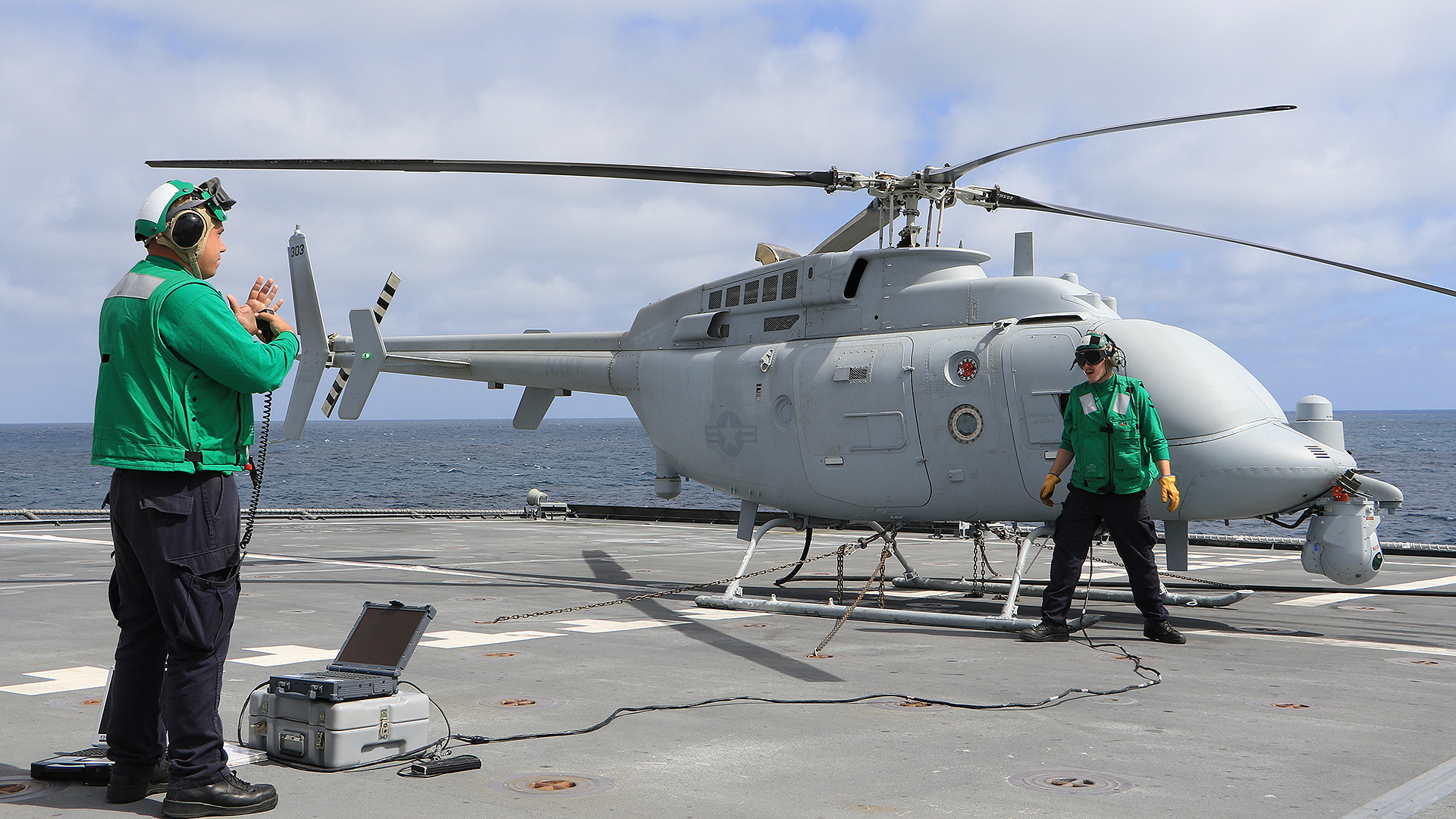
While the newer and more capable Fire Scout currently has no weapon systems of its own, Soderberg noted that there is a “technical way forward” if the decision is made to arm the MQ-8C, but at the moment there are no funded efforts to do so. In 2019 it was reported that the Navy wanted to add weapons and other stores to the MQ-8C, but the Navy did not respond for comment at the time. The MQ-8B, meanwhile, was capable of carrying a variety of weapons ranging from Hellfire missiles to the Advanced Precision Kill Weapon System, or APKWS, laser-guided rockets.
Despite the recent successes and first operational deployment of the MQ-8C, the Navy has already begun looking for a replacement for the Fire Scout as part of the U.S. Army-led Future Vertical Lift program which seeks to find new vertical lift aircraft for all services beginning in the 2030s. The Navy’s requirements for that program include anti-submarine warfare.
Finding ways to counter the growing threat of Russian and Chinese submarine fleets, in addition to other underwater capabilities, is among the Navy’s top priorities. As past experiments have shown, unmanned aircraft could be essential to a new ‘distributed’ anti-submarine warfare concept of operations. The MQ-8C could be an extremely viable way to realize such a concept in the near term.
The MQ-8C’s ability to detect and track targets from long distances, then hand strike duties over to other assets, enables manned vessels and helicopters to keep out of harm’s way in the event of a major maritime conflict in which anti-ship missiles will no doubt play a major role. The fact that the Navy will equip every LCS with the Naval Strike Missile gives a whole new level of importance to the MQ-8C’s long-range targeting mission. It will be an essential tool in realizing these ships’ over-the-horizon strike capability.
Contact the author: Brett@TheDrive.com
